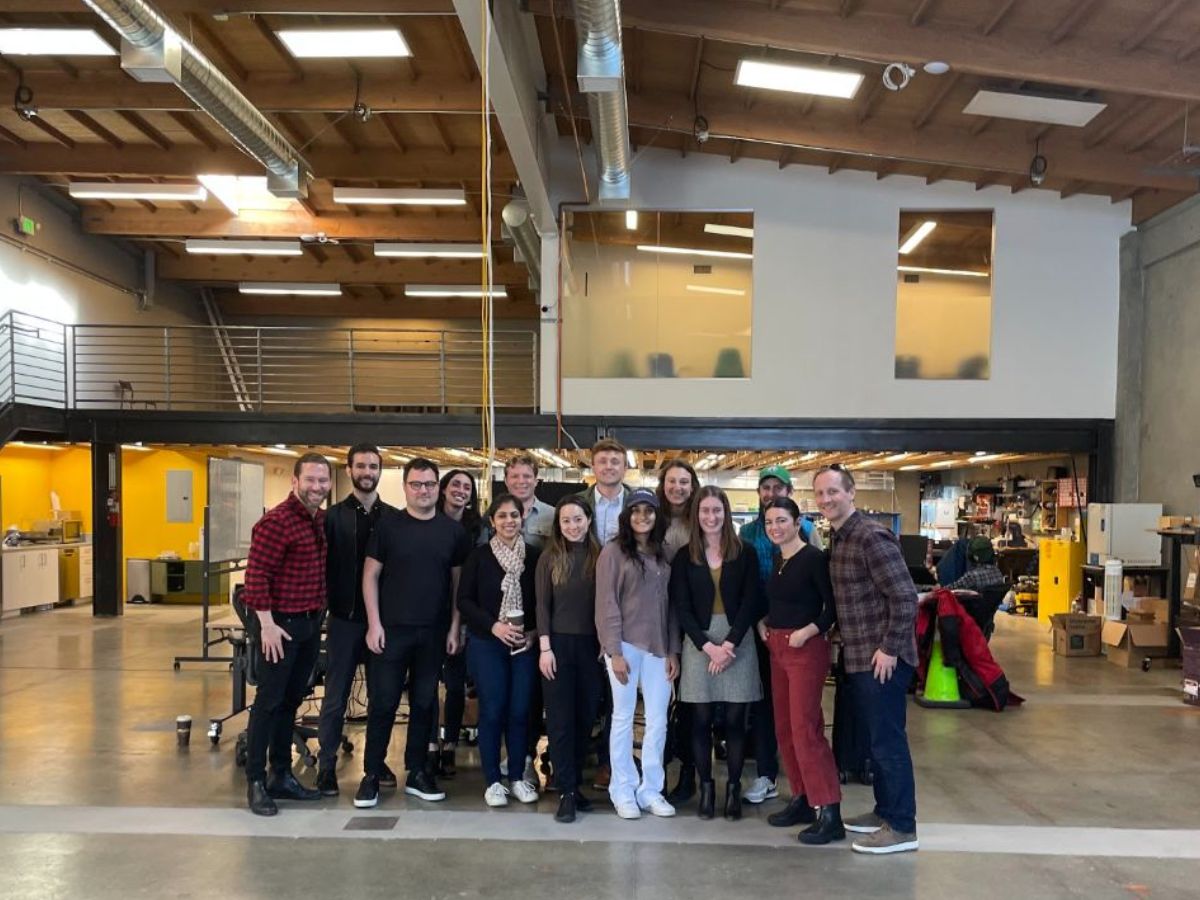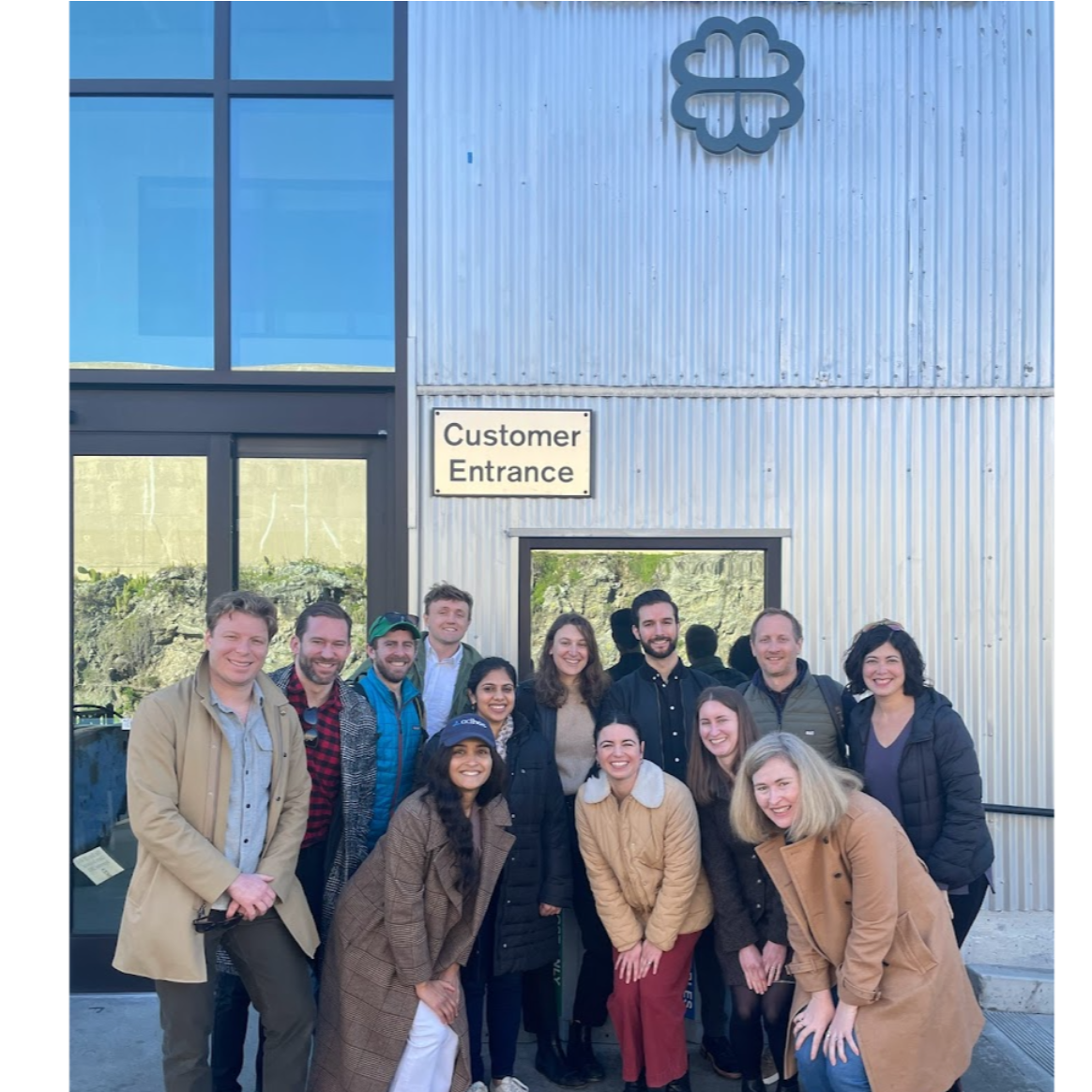The Ad Hoc Gist: Stoves and Steel
This month’s Gist is going to be a bit different. Our team just returned from a one week pilgrimage to San Francisco. And it was invigorating.
Yes, the city has a lot of problems from a lack of affordable housing to extreme weather. But it’s still home to some of the most exciting climate tech innovation on the planet. So I feel inspired to share what we saw.
Also, this month, we welcomed Katherine Cunningham and Leni Hirsch to our growing Ad Hoc team. We’re also hiring for a Summer Intern!
Enjoying the Gist? Forward to those who should subscribe.
And if there’s a topic you think we should cover or a job you’d like us to post, fire away.
As always, you can stay in touch with us on Twitter @adhocgroupinc or hang with us on LinkedIn.
Jim
Stoves and Steel
I never thought I’d get excited to watch water boil or to see corn stalks liquefied into black goo, but hey, important climate innovation comes in different shapes and sizes. And that’s exactly what the Ad Hoc team found in San Francisco last week when we visited two of our clients, Impulse and Charm Industrial, where they make the magic happen.
The Battle for the Future of Your Stove - Impulse
2023 kicked off unexpectedly with a heated battle over the future of your gas stove. The fault lines - either gas stoves will turn our homes into poison-filled death traps or they’re every red-blooded Americans’ God-given right to own. It’s what Impulse CEO Sam D’Amico aptly calls a “culture war dumpster fire.” I couldn’t agree more. And it’s a distraction from what really matters.
Here’s the Gist. Induction stoves are going to kick gas stove’s butt with consumers. Just like Tesla and electric vehicles are slowly weaning us all over of ICE engines in our garages, so will induction stoves ultimately win over home chefs and top chefs.
For induction stoves to win out, the focus needs to be on shipping better products. As Sam explains, “...our plan is very much like Tesla, and that's to make the pitch in isolation. What Tesla did very successfully is that they're just a better car, and then we don't have to litigate over the environmental aspects of it. I think we need to win on mindshare that way."
If I was already biased towards an electric future in the kitchen, our site visit to Impulse’s two-floor laboratory and office in the Dogpatch neighborhood (the AV start-up Nuro is across the street), gave me conviction.
Watching water boil is akin to watching paint dry. Unless you’re watching water boil on an Impulse induction stove because then it’s like watching Ferrari race in F1. I witnessed a quarter-filled pot of water boil in 10 seconds and it gave me goosebumps. When the CTO, donning a Waymo t-shirt – evidence of how big tech is now losing to climate tech – started rapidly cooking crispy bacon on an Impulse cooktop, team Ad Hoc began salivating.
Before the tour, we knew Impulse was creating technology that makes home electrification easier. They offer an induction range with a battery and this allows them to use a 120-volt plug instead of 240-volt. This avoids a possible panel upgrade, which would be expensive and time consuming, and will enable them to manage and monetize load. Plus, their induction range has knobs! Best of both worlds. Needless to say, after the tour, we all wanted one.

Our team with Sam D'Amico, the Impulse CEO, and Ellen Le, the Head of Product. The stove is still in stealth mode, but we’ll share when specs are available.
Turning Biomass into Negative Carbon Steel - Charm Industrial
Ever wondered how carbon dioxide removal (CDR) actually works? Nora Brown, Charm’s Head of Policy, showed us how the company has already removed 5,000 tons of carbon dioxide from the atmosphere. But as she noted, it’s a drop in the bucket of the 10 billion tons a year we need by 2050. Still, that sets the record for carbon dioxide removal from a company to date.
So how does Charm do it? They take biomass (think corn stalks) and burn it in a pyrolyzer (pyro = Greek for fire, just saying) and turn it into biochar/ash (think burned corn stalks) and bio-oil (it looks like molasses, but I wouldn’t make cookies with it).
The ash is used as a soil amendment. But the bio-oil is the main event. They inject the oil into Class 1 and Class 5 wells, where it solidifies in a few days and stores CO2, well, forever. This sounds simple, but as we saw in person, it’s anything but. See their FAQ on how it works.
Charm’s end game isn’t just scaling carbon dioxide removal; it’s to decarbonize steel. Steel production alone counts for 8 percent of global CO2 emissions. Turning iron ore (think rusty iron) into the iron needed for steelmaking requires a chemical process that historically burns fossil fuel and generates CO2 as a bioproduct.
By oxidizing the bio-oil, Charm can create a syngas that a steel plant can burn instead of fossil fuel to make iron from iron ore. That plant can then capture and store the carbon dioxide from that process to feed into climate-positive steel production.
Did that blow your mind? And, yes, it’s years away from getting to scale and driving the costs down, but it’s possible. Now if only Impulse could use its induction stove to pyrolyze biomass for Charm in 10 seconds, then we’d be really doing some climate cooking…

Ad Hoc onsite with Charm Industrial and Nora Brown. We couldn't take pictures of the pyrolyzer but suffice to say, it was a hit with our team.
News from Our Network
From our clients:
Bill Gates put the spotlight on Aeroseal in his yearly letter for their important work on building decarbonization.
Manik Suri, CEO of Therma, is a featured guest on My Climate Journey. Manik talks about his company’s journey to reduce emissions across food waste, energy, and refrigerants.
Nan Ransohoff from Stripe was named to the Bloomberg BusinessWeek 50 for being a Carbon-Removal Champion. She just published a great piece on finding a job in climate.
Solar Builder Magazine covers how SWTCH gets EV chargers into old office buildings, while Canary Media writes about how they do the same for multifamily buildings.
Wenbo Shi of Singularity Energy on why he decided to focus on carbon intensity data to decarbonize the grid.
Canary writes about how retailers like Octopus Energy are primed to help turn homes into Virtual Power Plants in Texas.
Copper Labs launched neighborhood-level AMI detection allowing customers to get real-time gas and electric data to manage their usage.
Peter Reinhardt of Charm Industrial talks about leaving software to work on climate change on the Logan Bartlett show.
From friends and colleagues:
Erin Griffith of The New York Times covers how climate tech startups like SPAN are gobbling up big tech refugees following recent layoffs.
RMI shares the top seven building decarbonization wins from 2022. Gradient Comfort making key progress in New York.
Jobs in our network:
Send us your job openings in cleantech policy, startups, and utilities, and we'll put them in next month's Gist.
AiDash: Director of Sales
Gridware: Marketing Lead
Gradient Comfort: Supply Chain Manager
Project Canary: Director of Product
Singularity: Backend Software Engineer
SPAN: Associate General Counsel and Director of Regulated Business and Market Development
Dandelion: Renewable Energy Intern
Rewiring America: Senior Director, State and Local Policy
Third Way: Deputy Director of Development for the Climate & Energy Program
DRi Waterstone: Managing Director for their Clean Grid Initiative
Enel: Senior Manager for Electric Mobility, Regulatory Affairs
ConnectDER: Corporate Marketing Manager
ISeeChange: Community Growth Manager
The University of Chicago: Climate Policy Lead
G2 Venture Partners: Investor
Find us:
NASEO Energy Policy Outlook Conference (Feb. 7-10, 2023)
Washington, D.C.
Annie Gilleo and Nina Lobo are attending
NARUC Winter Policy Summit (Feb. 12-15, 2023)
Washington, D.C.
Jim Kapsis, Ian Rinehart and Brian Kooiman are attending

